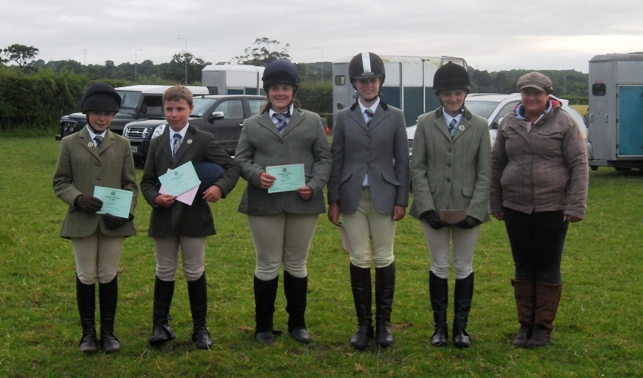E Safety Guidance for Parents & Guardians
Social networking sites are becoming more popular amongst children and young people, especially as the digital world continues to grow. Although they appear to know what they’re doing, it is essential that you keep both yourself and your children safe online. You have a key role in actively promoting these safety messages.
A common-sense approach
Social networking plays a huge part in all young people’s lives. It offers opportunities for young people to stay intouch with their friends, to meet new people and to share their photos and videos with friends. It is your responsibility, as their parent / guardian, to ensure your child’s experience is safe and fun.
What do I need to know?
- Remember all social networking sites have an age restriction. The lower limit for most sites is 13 years.
- Many sites feature a messaging function which allows for private conversations between site users.
- Social networking sites allow you to set privacy settings so that only your close friends can search for your child, see what they have posted and view what they are tagged or copied in.
- Social media can also be accessed on smartphones or tablets via apps. Some sites use geo-location (the location of the phone / tablet) to show wherethings were posted, meaning your child can be located more easily.
- You must have permissionfrom the child, and their parents / guardians if the child is under 18 years, before posting photos or videos which have other children in on social media.
- Bear inmind that once you place something on the internet, it is in the public domain which means people can access it, potentially change it and share it with others. It cannot be fully removed once it has been posted.
- Not everyone on these sites is who they say they are.
How can I ensure my child is safe on social networking sites?
- Educate yourself on the various sites and apps and what they do.
- Stick to the age restrictions for the sites –these restrictions are there for a reason!
- When setting up profiles, help your child set privacy settings at the strongest level. Social networks do change their privacy settings so make sure you check these at regular intervals.
- All social media sites have a report feature –you can use these to report people or inappropriate content (conversations, pictures / videos, posts or comments) to the site administrator via the ‘help’ or ‘report’ tab.
- Always keep a copy of anything you have reported as evidence. Things can be harder to find at a later date.
- All social media sites have a block feature –teach your child how to block or ignore people and support them in knowing what they can do if they feel uncomfortable with something.
- Set boundaries so they know what sites they can use and for how long.
- Ensure personal information is kept private, including passwords, contact details, address, school or sports club, etc. It is advisable to ensure this information isn’t visible in photographs or videos too.
- Monitor your child’s online activity -use the site yourself. Becoming your child’s friend on the sites they choose to use can help you keep an eye on things.
- Talk to your child about the risks on social networking, including talking to people they don’t know, the dangers of meeting up with people they only know through social mediaand that things cannot be taken back once they are posted.
- Set rules about what they should and shouldn’t post.
Useful Information & links
- Young People & Social Networking Sites Guide–www.childnet.com
- Child Exploitation and Online Protection Centre –www.ceop.police.uk
- Think U Know –www.thinkuknow.co.uk –advice site for young people and parents
- NSPCC –www.nspcc.org.uk
- Childline –0800 1111
- Child Protection in Sport Unit(CPSU)–www.nspcc.org.uk/inform/cpsu/cpsu_wda57648.html
- Internet Matters –www.internetmatters.org
You can download a copy of this PCUK document here




